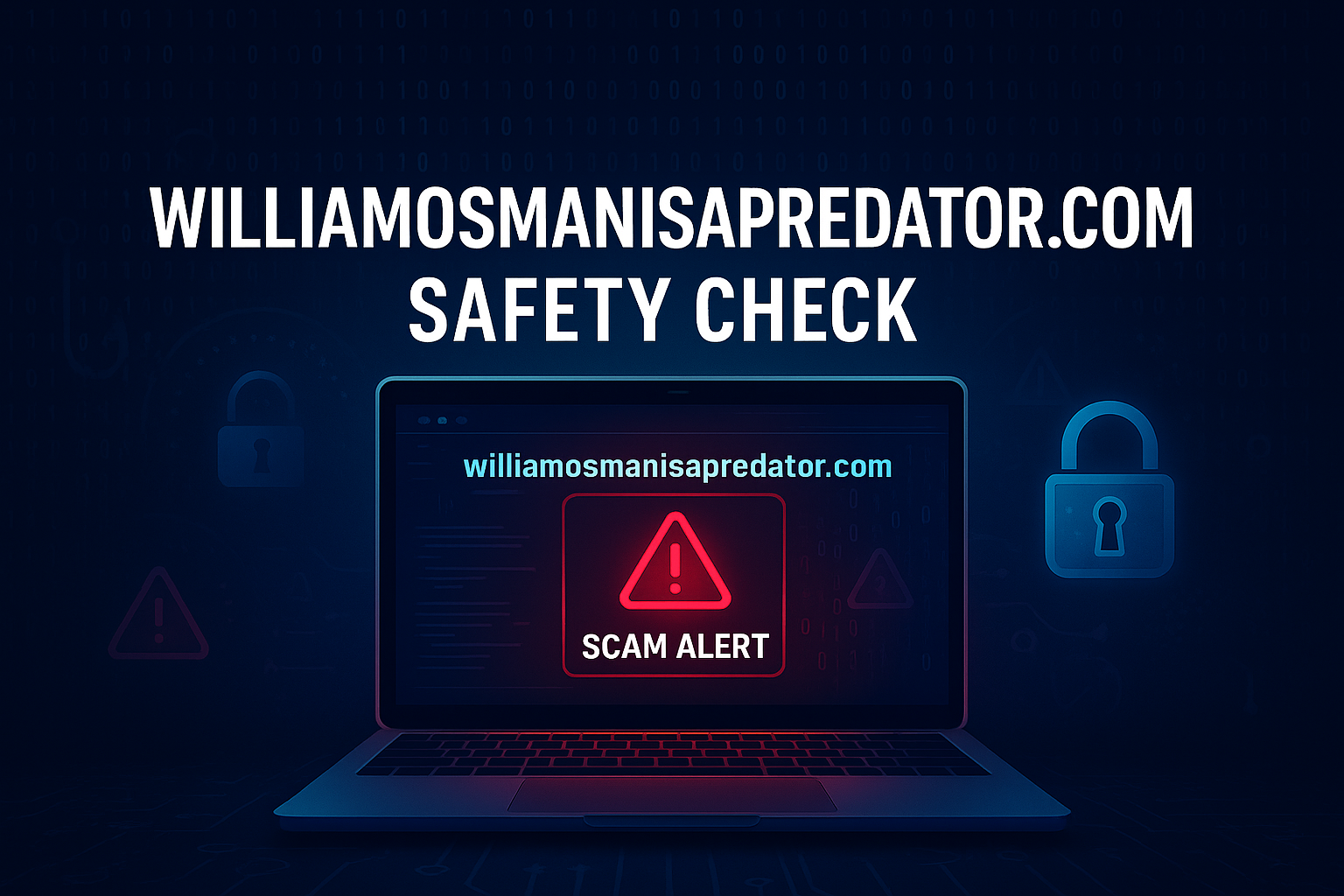We lock our doors at night and install smoke alarms to safeguard what we value, yet many people overlook two less obvious (but equally critical) areas of protection: oral health and building safety. Regular check-ups with a trusted dentist and routine inspections by certified fire-safety professionals share a common goal—catching small problems before they escalate into costly emergencies.
Precision Dentistry and the Power of Early Detection
Daily brushing can’t compete with professional diagnostics. At his Ashland, Oregon practice, Dr. Brandon White pairs digital X-rays with intraoral cameras to reveal micro-fractures and hidden decay long before they cause pain. Patients appreciate his gentle chair-side manner and customized care plans, but the real payoff is prevention: a quick filling today beats a root canal tomorrow.
Key benefits of routine visits:
- Lower long-term costs Catching cavities early avoids extensive procedures.
- Whole-body wellness Healthy gums reduce systemic inflammation linked to heart disease and diabetes.
- Confidence boost A bright, comfortable smile makes everyday interactions easier.
Life-Safety Compliance on a National Scale
While a cavity can jeopardize a tooth, an untended sprinkler valve or expired fire-alarm battery can endanger an entire building. RAEL Fire Protection’s Nationwide Fire Protection program offers coast-to-coast inspection schedules, code-compliant reporting, and 24/7 emergency support. Whether you manage one warehouse or a portfolio of medical offices, their centralized platform keeps every location audit-ready.
What comprehensive coverage looks like:
- Unified records Digital dashboards track sprinklers, alarms, and special-hazard systems in real time.
- Rapid troubleshooting A single call mobilizes licensed technicians anywhere in the U.S.
- Regulatory peace of mind Up-to-date certificates satisfy NFPA, OSHA, and local Authority Having Jurisdiction requirements.
Surprising Parallels Between Oral Health and Fire Safety
- Hidden Risks Decay grows silently under enamel, just as corrosion erodes pipe interiors. Specialized diagnostics expose both before failure strikes.
- Regulatory Pressure Dentists follow ADA and state-board protocols; fire-safety providers navigate NFPA codes and municipal laws. Consistent documentation is non-negotiable in either field.
- Emergency Impact A sudden abscess hurts one person; a blocked standpipe imperils many. Prevention spares pain—physical or financial—for everyone involved.
- Long-Term Savings Small, routine expenditures on cleanings or inspections outmatch the price of root canals or post-fire reconstruction.
Practical Steps for Staying Ahead of Trouble
- Book proactively Schedule your next hygiene appointment and your next sprinkler inspection before leaving the office or closing the service ticket.
- Keep digital copies Store dental images and fire-safety certificates in secure cloud folders for easy retrieval.
- Ask tough questions Whether it’s fluoride varnish or clean-agent suppression, understanding options leads to better decisions.
- Budget for maintenance Allocate funds for preventive care—unexpected breakdowns are always pricier.
A Final Word on Peace of Mind
You invest in health insurance and business insurance because the stakes are high. Similarly, routine check-ups with Dr. Brandon White and scheduled assessments through Nationwide Fire Protection offer a quieter form of insurance: the confidence that comes from knowing potential problems are spotted and solved early. Protecting your smile and your facilities may seem worlds apart, but both are acts of foresight—and both pay dividends in comfort, safety, and lasting value.








